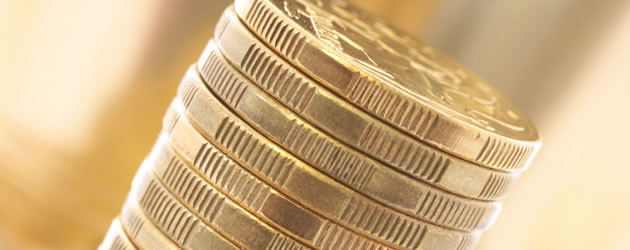
The Pound to Australian Dollar exchange rate (GBP/AUD) rallied by around half a cent from 1.8950 to 1.9000 at around midnight last night as traders reacted to a series of data releases from Japan.
The Japanese index of Imports printed at 24.7% for the year, compared to forecasts of 26.1%, whilst Exports came in at 15.3%, confounding expectations of 17.8%. The disappointing dataset led to Japan posting its worst ever trade deficit of just over -¥1.3 billion Yen.
Japan is a large buyer of goods and materials that are produced and extracted in Australia; this makes the Australian Dollar sensitive to the performance of the Japanese Import market.
The Bank of Japan is currently orchestrating the most ambitious of all the Central Bank monetary easing schemes. By pumping around ¥90 trillion Yen into the domestic economy per year, the BoJ intends to boost investment in the real economy and dissuade markets from dumping their cash in safe haven J-bonds. The expansive stimulus programme is also designed to enhance Japanese export figures by reducing the value of the Yen.
One reason for Japan’s persistently poor trade balance numbers over the last few years is fuel cost inflation. With the Fukushima disaster leaving many nuclear power plants out of operation, Japan now devotes a lot of money to importing fuel from abroad. This costly scenario is exacerbated by the relatively weak value of the Yen.
However, the ‘Aussie’ Dollar is seen to benefit from the BoJ stimulus programme because it encourages growth and investment, which in turns help to boost risk sentiment in the Asia-Pacific region.
The latest BoJ Minutes report, released late last night, showed that the majority of policymakers expect an upcoming sales tax hike to only have a muted negative impact on domestic growth. The Minutes suggest that corporate and household spending trends have improved since the advent of QE, which policymakers feel should help to drive CPI inflation higher.
Weak inflation and soft economic growth were the two motivating factors behind the BoJ’s decision to embark on non-standard stimulus measures and it is believed amongst traders that the Central Bank could increase the pace of its programme if CPI and GDP fail to rise appropriately.
With this in mind, investors sent the Australian Dollar lower following the Minutes report, because, with only minor reference to the impact of the impending sales tax hike, it does not look likely that the BoJ will be adding to its asset purchasing target in the near future.
Additionally, the ‘Aussie’ is facing downward pressure from markets following comments from Reserve Bank of Australia board member Heather Ridout, who said that the domestic currency “hasn’t fallen enough”. The dovish RBA remarks led to enhanced speculation that the Central Bank could slash rates in order to accelerate the Australian Dollar’s depreciation.

Comments are closed.